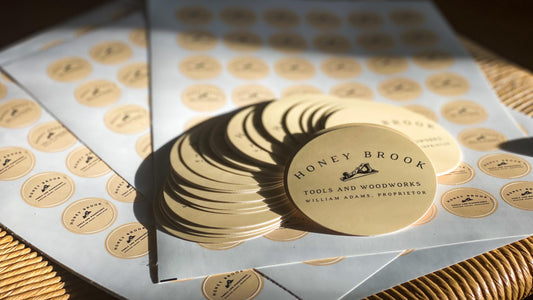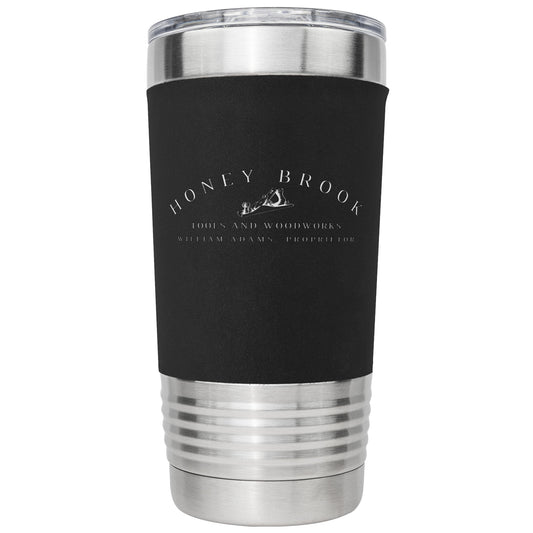About Your Wood Choices
Cherry
A domestic hardwood, cherry is a favorite choice among woodworkers for its workability, grain patterns, and beautiful colors. It develops a deep reddish-brown patina as it ages. Curly cherry is not a separate species but, rather, a descriptive name for cherry wood that has highly figured curly grain. This figured grain gives the wood a beautiful chatoyance that is accentuated by the application of oil and shellac.
Walnut
Walnut is a classic domestic hardwood that has long been a favorite among furniture makers. Known for its deep, rich colors, it takes oil finish very well and feels great in the hand. As with curly cherry, curly walnut is not a distinct species. Curly walnut has a rich quilted pattern and chatoyancy that, like curly cherry, is accentuated with oils and shellac.
Maple
The state tree of our great little State of Vermont, maple is known for its strength and durability. In its most basic form, maple is white or creamy off-white in color with occasional reddish brown hues. It takes finish very well. Quilted and birdseye maple feature stunning grain patterns and chatoyance that are hard to resist and are accentuated with a fine oil finish and shellac.
Gaboon Ebony
Gaboon ebony is a beautiful exotic hardwood known for its jet-black color, durability, and ability to attain a high gloss polish. The small size of the tree and high demand for the wood makes its availability somewhat limited and has lead to the species being endangered. I have limited supplies of gaboon ebony and due to my commitment to sustainability will not replenish this stock. However, I will seek a more sustainable ebony for future use.
Cocobolo
Cocobolo is another beautiful exotic hardwood that is known for its wide range of colors, including reds, yellows, orange, and shades of brown. Unfortunately, its beauty and high demand has caused cocobolo to be over-harvested leading it to be protected internationally. Due to its vulnerability as a species, I will no longer be offering it once my current supply is exhausted.
Redheart
Unsurprisingly, red heart derives its name from its red tones which can range from a bright watermelon red to more subdued shades with brown undertones. The more vibrant examples of redheart tend to fade quickly, settling to a more subdued reddish brown. Redheart grows from southern Mexico into Brazil and Paraguay. It is readily available and is not considered a vulnerable or endangered exotic species.
-
Honey Brook Gift Card
Regular price From $25.00 USDRegular priceUnit price / per -
Honey Brook Tools and Woodworks Heavyweight T Shirt
Regular price From $26.00 USDRegular priceUnit price / per -
Honey Brook Tools and Woodworks Pint Glass
Regular price $23.00 USDRegular priceUnit price / per -
Honey Brook Tools and Woodworks 20 oz. Tumbler
Regular price $32.00 USDRegular priceUnit price / per




